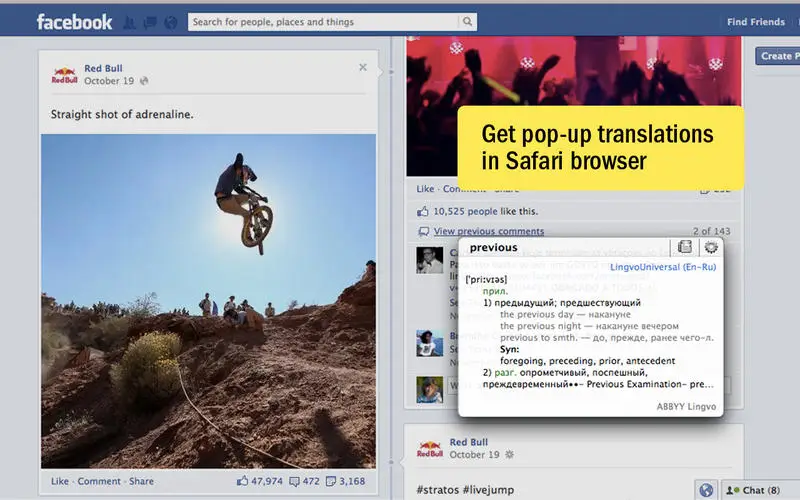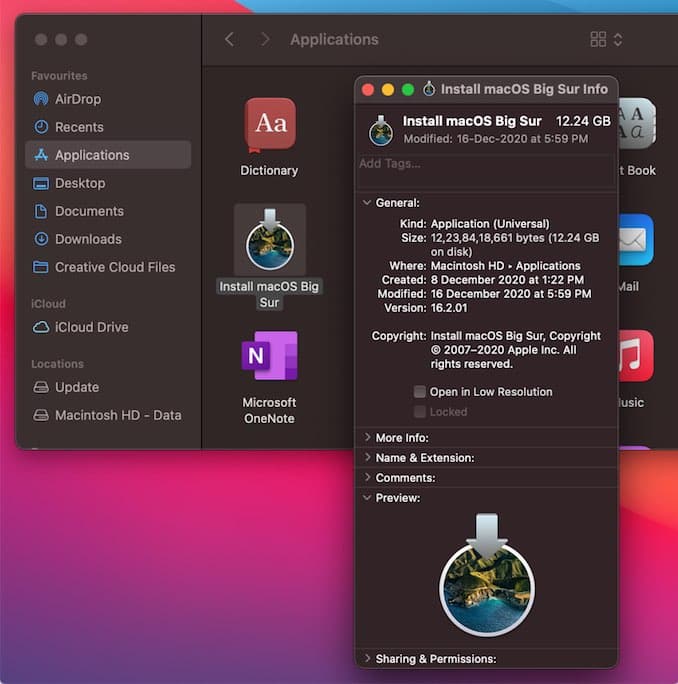Last updated :

Posted :
Now you can look up words directly in the Dictionary app or using Spotlight. Dictionaries on the iPhone or iPad. On the mobile iOS devices you cannot directly access the dictionaries. There is no dedicated app as on the Mac. To activate the integrated dictionaries go to System Settings General Dictionary. There you can activate and download the languages you need. Oxford English Dictionary Free Download For Pc; WordWeb Pro Dictionary and Thesaurus for Mac OS. WordWeb is a comprehensive international English thesaurus and dictionary, with definitions, synonyms and many related words. It includes pronunciations and usage examples, and has helpful spelling and sounds-like links. Oxford English Dictionary Free Download For Pc; WordWeb Pro Dictionary and Thesaurus for Mac OS. WordWeb is a comprehensive international English thesaurus and dictionary, with definitions, synonyms and many related words. It includes pronunciations and usage examples, and has helpful spelling and sounds-like links. Ultralingua Dictionaries for Mac OS Ultralingua redefines dictionary software for Mac OS X. Mac OS X Dictionary Mac OS X Dictionary 1.1.2 is known as an advanced and Japanese-English Dictionary for Mac OS A program for Mac OS X that contains all the necessary for Visit HotFiles@Winsite for more of the top downloads here at WinSite!
In macOS, there are some standard directories, which can be in one of the user, local, system, or network domains. There are also some standard unix/posix directories.
This article will start by explaining what is the user, local, system, and network domain. After that, it will explain the standard directories, that belongs to these domains. Next it will explain the unix/posix directories. Finally it will elucidate, the other macos directories.
1- What are the user, local, system, and network domains?
In macOs, there are some standard folders, these standard folders can be in one or multiple domains. The domains that a folder can be in are the:
- user domain
- local domain
- system domain
- network domain
Theuser domain, is the user directory, it contains files and applications and resources, which are related to a given user. This folder is located under the /Users/username, and it contains multiple folders, such as the Applications folder, the Library folder, the Movies folder. A user can make changes to his files. The user directory can also be placed on the network.
Want to download Babylon? Babylon for download here! Go ahead and start using the world’s # 1 translator after a simple and quick setup. Babylon Download.
Thelocal domain is the domain which is related to the current computer, as such it contains applications, files, and resources, related to to the current computer, and shared among the users. The local domain contains multiple folders, and an administrator, can make changes to these folders and files.
Thesystem domain, contains resource files, and applications, which are related to the system , and which are installed by apple. The /System directory, placed under the root directory /, is part of the system domain.
Thenetwork domain, are the applications, files and resources, which are located on a network, and shared by the users of a network.
2.1- Applications
There are multiple Applications folders, and they can be located under multiple domains.
TheApplications folder that belongs to the local domain, is placed under the root directory /Applications. It contains the applications that will be used by all the users. These applications can be installed by using apple store, or by dragging and dropping an application into the application folder. Applications under the /Applications folder, will appear under the launchpad. An example of an application in the local domain is: pages…
TheApplications folder, that belong to the user domain, is placed under /Users/username/Applications, and it contains applications related to the user .
TheApplications folder, that belong to the system domain, is placed under /System/Applications, and it contains applications installed by Apple. Applications under the /System/Applications folder, will appear under the launchpad. Examples of such applications, are the App Store, or Automator…
2.2- Library
A library is a collection of information, which is kept to be used. In macOs there are multiple library folders, and each of them belong to a different domain. A Library folder can contain cache files, resources, configurations, preferences… related to an application.
In the user domain, the Library folder is used to store informations, about the applications related to the current user. It is located under the user directory: /Users/username/Library .
In the local domain, the Library folder is located under the root directory /Library, and it contains informations related to an application(s), and shared by all the users of this application(s).
In the system domain, the Library folder is located under /System/Library. This folder is used by macOS, and it will contains files and resources, related to system applications.
TheLibrary folder, contains some subfolders, that can be used by all the installed applications, and they are:
Library/Application SupportLibrary/CachesLibrary/FrameworksLibrary/Preferences
2.2.1- Application Support
TheApplication Support folder, contains files to support the application. Applications can place inside this folder, their data and configuration files, in multiple domains.
If the Application Support folder, is located under the local domain/Library/Application Support, it will contain files related to all the users. If it is within the user domain /Users/username/Library/Application Support, it will only contain files related to the current user. For example, the App Store application, contains support files in the local domain , and in the user domain .
2.2.2- Caches

Used for caching by an application. An application can recreate the content which is stored inside this folder, and this folder can belong to multiple domains. For example, an application can use the Caches folder, to download its update files.
2.2.3- Frameworks
A framework, is the frame under which an application can work. As such the Frameworks directory, contains the libraries that are used, or needed, to create an application. The Frameworks directory, can belong to multiple domain. Under the system domain, the Frameworks directory contains the frameworks, needed to create an application.
Under the local domain , the Frameworks directory, contains frameworks needed to interact with a local application.
2.2.4- Preferences
ThePreferences folder contains the application preferences, it can belong to multiple domains. If it is in the local domain, it is the preferences of the application for all users. If it is in the user domain, it is the user preferences for a given application. If it is in the system domain, it contains preferences for applications in the system domain.
2.3- Network
The/Network folder, contains files and resources, which belong to the network domain. As such it can contain a list of computers, that are on the local network, and which files and ressources can be accessed.
2.4- System
Free Dictionary Download For Mac
The/System folder, contains files and resources, which belong to the system domain, these files are installed by apple, and they shouldn't be modified.
2.5- Users
The/Users folder, belongs to the user domain, as such it contains user related applications, files and resources. Each user has its own user folder, which is located under /Users/username, and the user user folder, is formed of many standard subfolders, which are:
/Users/username/Applications: contains user installed applications. A user can install applications under the user domain~/Applicationsfolder, or under the local domain/Applicationsfolder. Those that are installed under the local domain/Applicationsfolder, are shared between the users, and those that are installed in the user directory~/Applicationsfolder, are user related applications./Users/username/Desktop: contains items located on the user's Desktop. The desktop is the first screen that the user sees, when he logs into his computer./Users/username/Documents: contains files created by the user.Users/username/Downloads: contains user files, that are downloaded from the internet./Users/username/Library: The Library folder contains information to be used by an application, such as its data files, its configurations, its ressources and preferences. A Library folder can be in the user domain, or in the local domain, or in the system domain. If it is in the user domain, it contains application information related to the current user, if it is in the local domain, it contains application information related to all users./Users/username/Movies: contains video files, related to the current user./Users/username/Music: contains music files, related to the current user.Users/username/Pictures: contains user picture files ./Users/username/Public: contains files and folders, that a user wants to share, with other users on the same machine, or on the network.
3- Posix or Unix directories
MacOs also has some unix directories, these directories are:
/bin: This directory contains unix like user commands or utilities, such as ls, which is used to get the list of files and directories.
/dev: contains some unix like device files, which allow a user, to interact with a device, like he is interacting with a file.
/etc: This folder contains configurations files, for unix applications, for example passwd or groups…
/sbin: contains unix utilities and commands, used by system administrators, like for example commands used for networking, or for the filesystem.
/tmp: contains temporary files and folders, created by applications and the system, these temporary files can be deleted .
/usr: this directory contains commands, utilities, libraries and shared resources, which are not essential for the system.
/var: contains data, which content and size might change, such as log files.
Mac Os Dictionary Download Windows 7
/opt: contains optional commands, binaries, libraries and ressources, which are not part of a unix distribution.
4- Other directories
/Volumes: This is where all the volumes are mounted, for example the hard drive is found in here.
/cores: contains core dumps, as in when an application has crashed.
/private: this is a folder which contains the etc, tmp and var folders, described earlier. /etc, /tmp and /var, are symbolic links to folders inside this directory.